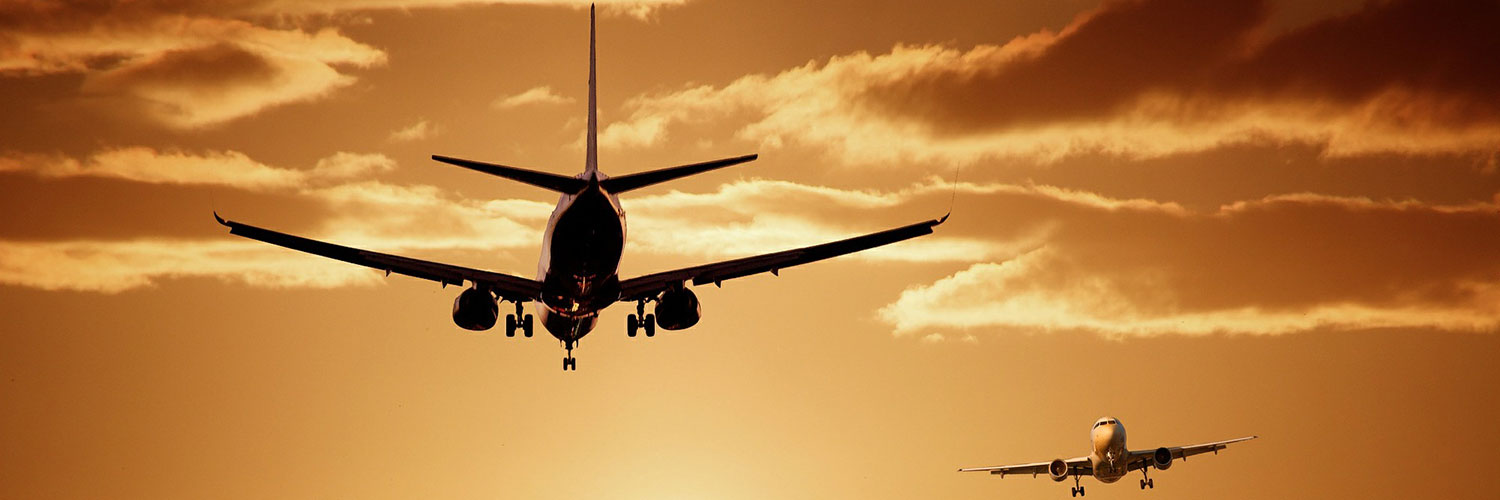In this comprehensive and integrated analysis of airspace and noise, HMMH helped the FAA and the City of Philadelphia to evaluate and shape an extensive plan to relieve delays and congestion at Philadelphia International Airport (PHL). The objective was to increase efficiency and maintain safety while limiting environmental impacts on residents of surrounding communities.
HMMH provided airfield and airspace simulation services using the Total Airspace and Airport Modeler (TAAM) to perform the capacity analyses on the airport and surrounding airspace, then converted and annualized the TAAM outputs to Integrated Noise Model (INM) inputs for subsequent noise assessments. HMMH was also responsible for converting the TAAM data into Emissions and Dispersion Modeling System (EDMS) formats for subsequent air quality analyses by others.
To study the operational impacts of FAA’s suggested approach for the Airport’s evolution, HMMH simulated ground movements and TRACON airspace by: evaluating baseline airport and airspace infrastructure; developing alternatives based on proposed runway configurations; formulating rule bases for ground and airspace movements using 24-hour traffic timetables; and modeling a total of 66 simulation runs for 2020 and 2025 as well as interim construction years for airfield performance and benefit/cost analysis purposes. Metrics generated for the analyses included Runway Crossing Delay, Ground Delay, Gate Delay, Airborne delay and Total Operating Time. The follow-on noise analyses covered a 27-mile radius study area to altitudes of 18,000 feet for departures and 10,000 feet on arrival. Noise metrics included Day-Night Average Sound Levels (DNL) down to 45 dB, as well as a variety of supplemental metrics.



